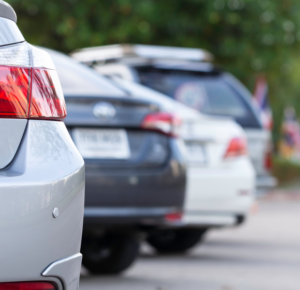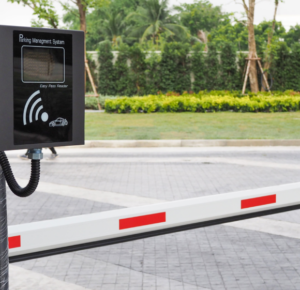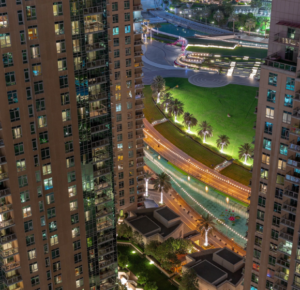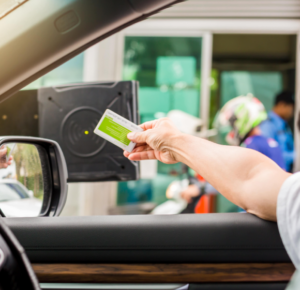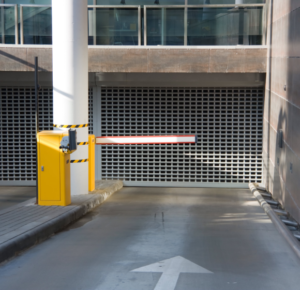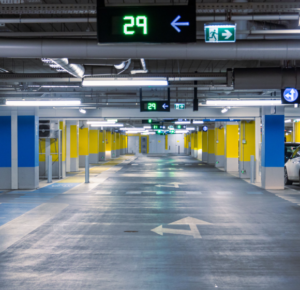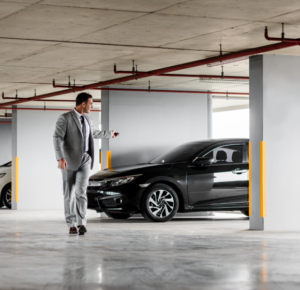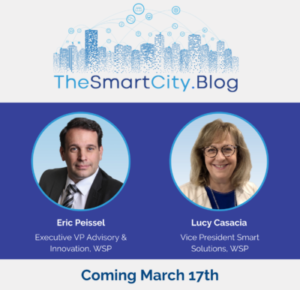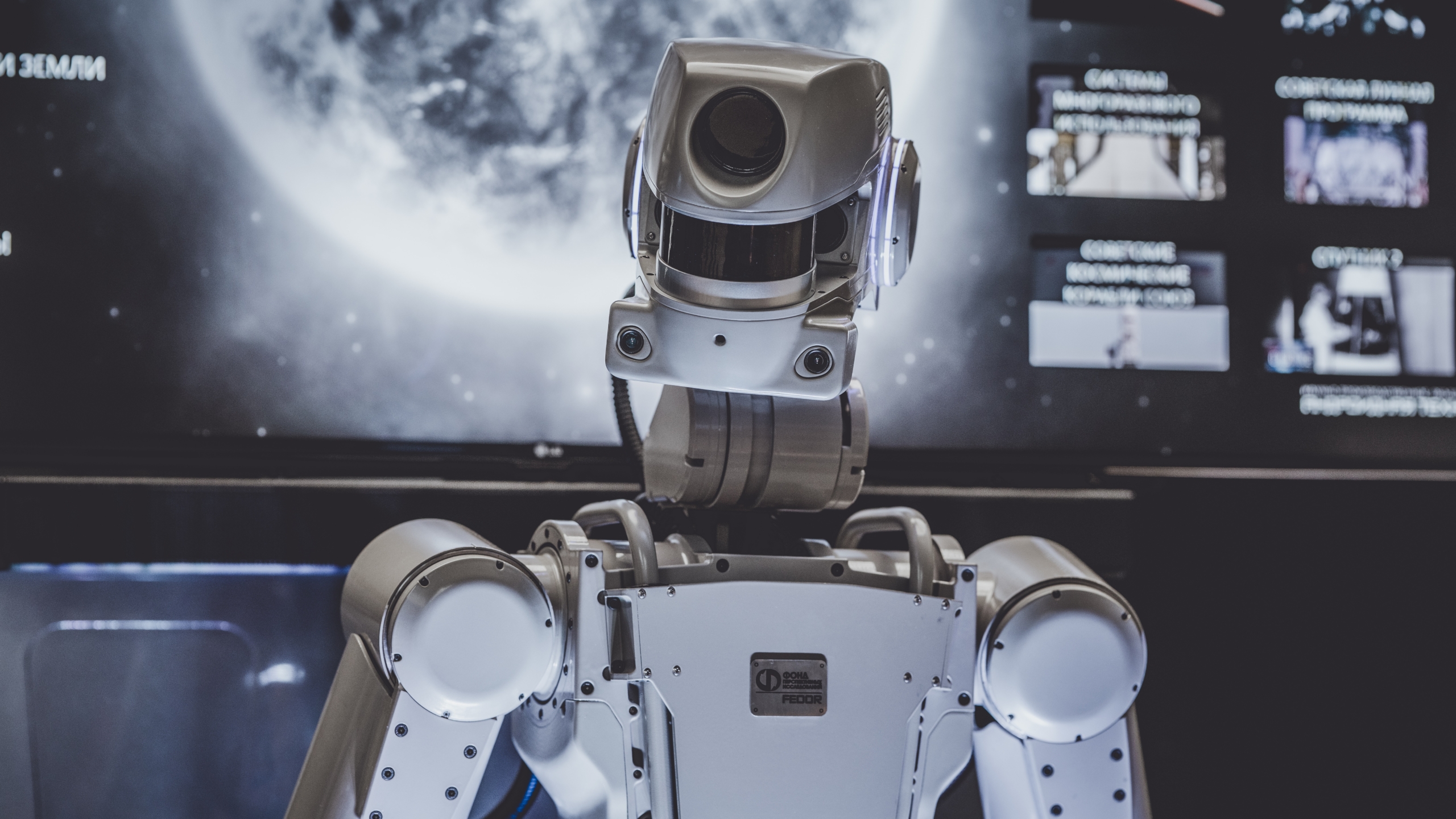How Parking Facilities Will Transform into Transportation Hubs


- Jan 26, 2023
- Grant Furlane, Locomobi World
We are constantly hearing the buzzwords, “Mobility Hub”, “Charging Hubs” and “Transportation Hubs”. All are a victim or result of the rapid evolution of smart city initiatives. With rapid population growth in urban centers, congestion becomes a major challenge accompanied by all the new implications surrounding it like climate change, green future, infrastructure costs and social impact.
Consequently, making anyone’s daily journey more pleasant while wrestling with transportation and congestion issues goes a long way.
Parking lots and parking facilities have become valuable hubs for driving the smart city initiative. These “parking facilities” take on different personalities in Parks, Shopping centers, Hospitals and Institutions, Municipal and Private Businesses and many other use cases. All of these should be part of the “solution” and can be. It all comes down to Technology.
So what is the recipe for success?
Several factors play an important role and each is dependent on the other.
- Pushing the cloud to the edge. The edge refers to devices at or near the physical location of either the user or the source of the data. Most facilities will have a combination of hardware and software that process data or intersects with users. Hence all parking facilities will have or need to invest in “edge” devices to interact with cloud systems. Hardware can be as simple as local applications up to Payment kiosks, barrier gates and access control systems like License Plate Recognition to name a few.
- Interface to live Traffic patterns. Weather events will be a key factor in moving people to these edge devices. It starts with their daily journey from home. Cities need to know this for managing traffic lights, city parks, garbage disposal, and yes even crime. Businesses can plan their daily routines as well. Parking garages will adjust occupancy levels, rates, and staffing daily. By adapting to traffic patterns cities can form better distribution of traffic and better management of traffic and transportation in general.
- MassTransit has always been a significant cost to taxpayers yet plays the most important role in the future moving of people. Transportation hubs allow people to park at strategic locations and hop on a bus or train based on estimated travel times and in many cases reduces cost by not driving around town.
- Drive-side and pick-up operations have seen rapid growth hence the need to move people quickly and friction-free. This can make processes more efficient and less standing time is less pollution. Knowing the lines at fast food
- Drive-throughs or curbside pick-up locations allow faster transactions and better business.
- Traffic lights act as both direction of traffic control but with built-in AI computer vision they can link to parking and transportation hubs resulting in less congestion.
Intelligent highways use data to direct people towards the best routes to the city and parking along the routes that may transfer them to quicker and more efficient transit lines saving time and costs. Parking incentives can be offered to park at the transit hubs.
- Shared mobility plays a big part in the future of smart cities hence there is a need for Transportation Hubs to offer bikes, scooters and cars as a service. Again as part of the edge, the cloud allows the patrons to plan their journey or trip by knowing where they can book a scooter or bike and where they can drop it off.
- Analytics play a very large role in the whole infrastructure as data is collected and decisions are made boxed on what the analytics show. Artificial intelligence allows you to take data and make more informed and quicker decisions.
The cloud portal is the key to managing the edge devices and provides the interface for Private and Public services, and utilities to work with each other.
Social Media plays a role to encourage patrons and partners to use the services hence offering incentives for the use of products. This may include Merchant validations and discounts, government incentives, and points programs.
Recent posts

